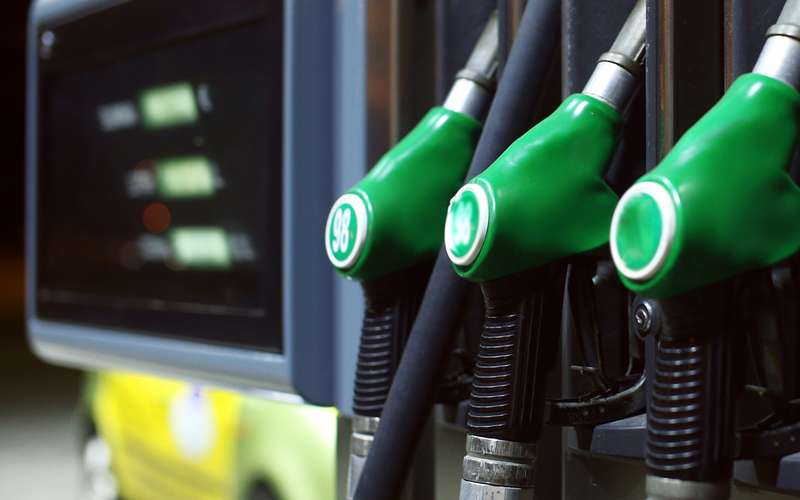Myth 1. Improved gasoline is a waste of money.
The presence of detergent additives in gasoline (G-Drive, Ecto, Ultimate, Pulsar) is not specified by the standards. There are also no recommendations in the instructions for cars to fill “improved” fuel.
In practice, however, such gasolines have advantages, which is especially noticeable in engines with divided fuel injection. Fuel additives clean the intake valves, combustion chamber and injectors. In direct injection engines, they operate less efficiently because the fuel is supplied to the combustion chamber directly after the intake valves.
Detergents work differently than car shampoos. They coat the rubbing surfaces with radicals that reduce friction and remove carbon particles. This leads to some increase in engine power. However, each fuel company, when developing its own complex of such additives, pursues similar goals: to remove carbon deposits from parts, protect against corrosion and improve lubrication. And the result of this can be an improvement in fuel economy.
Myth 2. We buy for the future – gasoline doesn’t deteriorate
Modern gasoline loses its original properties faster than its predecessors with tetraethyl lead. Half a century ago, the shelf life of gasoline from the 93rd to the 98th was 24 months for the northern zone, 18 for the middle zone and only 6 for the southern zone.
The current standard specifies a shelf life of only one year from the date of manufacture. And octane numbers don’t affect the length of the “life” of the fuel. Therefore, it makes no sense to buy gasoline in reserve, given the possible price increase.
Myth 3. Our fuel is worse than imported
Many do not believe that Russia has recently been the largest exporter of diesel fuel to EU countries. And they also say that Russian gasoline is worse than American. Like, our 95th is the same as their 91st.
It is real. But this does not mean that our fuel is worse. Just different measurement methods.
In the US, the Anti-Knock Index (AKI) octane number is defined as the arithmetic mean between the research and motor octane numbers. The estimated ratios between Russian and American indicators are as follows:
- AI-92 = AKI 87
- AI-95 = AKI 91
- AI-98 = AKI 93
And if the instructions for an American car indicate the 91st gasoline, then we must fill it with AI-95! Quality, as you can see, has nothing to do with it.
Myth 4. It is harmful to top up fuel with a non-recommended octane rating.
The gasoline indicated in brackets can only be filled if the main fuel is not available at the filling station. It is not suitable for permanent use.
Gasoline, whose octane rating exceeds the car manufacturer’s recommended octane rating, is only damaging to the car owner’s wallet. However, the engine will not be harmed by it, but neither will it benefit. It makes sense to pour it in extreme heat – then the probability of an explosion is greatly reduced.
But using low-octane gasoline can cause problems. Short-term use of the 92nd petrol instead of the 95th will do no harm, if you avoid sharp accelerations and other overloads while driving. After all, when designing an engine, although it is calculated on a certain octane number, it always has a small margin in case of deviation both in plus and minus.
But if you’re constantly topping up low-octane fuel, no constructive margin will suffice. In addition, if one day instead of the 92nd gasoline, the 90th is splashed: the engine may not survive a deviation from the norm of 5 units.

Myth 5. AI-92 and AI-95 cannot be mixed
There is an opinion that gasolines of different octane numbers have different densities. And because they inevitably delaminate in the tank.
However, according to the standard, the density of gasoline has nothing to do with the octane number. And that’s why it won’t hurt if you dilute the 95th gasoline with the 92nd.
Unless, of course, we’re talking about conditioned fuel. But a normal motorist will never fill up with suspicious petrol, even if it is at least half the price.
- “Behind the wheel” can also be read in Telegram.